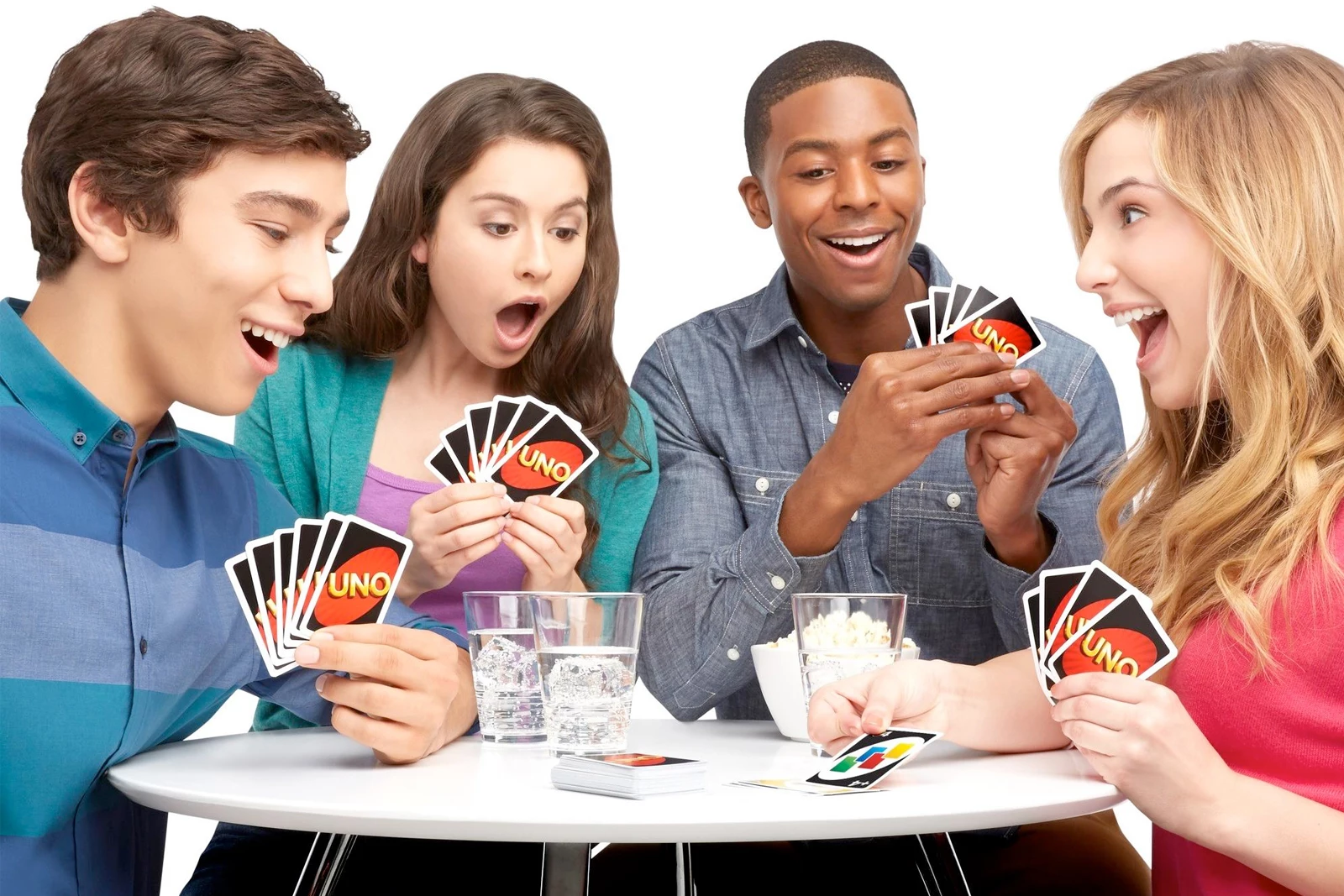
For many, UNO has been a staple childhood game, in which they cooperate with players and experience friendly competition. UNO encourages an interplay of competitiveness and cooperation within the game. The cooperation between players depends largely on the way the colours are organised within the deck. For example, if you are playing UNO within a group, you may strategically switch colours, so that if the next player after you is on their last card and has said UNO, you may get lucky by switching the colour by picking up from the deck so that they cannot play and have to pick up. This cooperation among players is what creates friendly competition, especially when temporary allegiances are formed between players, and these keep switching so that no one feels left out. As such, the special cards can create opportunities for teamwork so that players can collaborate to overcome challenges together.
In more competitive cases, you may play a “plus 4” card for the person after you who may be on UNO to keep them in the game for longer. This is what can create friendly competition because, despite the player having to pick up four extra cards, they remain in the game and get to “fire shots” back at you. This creates a fair and fun balance between competitiveness and cooperation that makes people want to continue playing. Cooperative and competitive card games like UNO have been proven to improve pro-social tendencies to some extent (Selvarajan, 2020).
